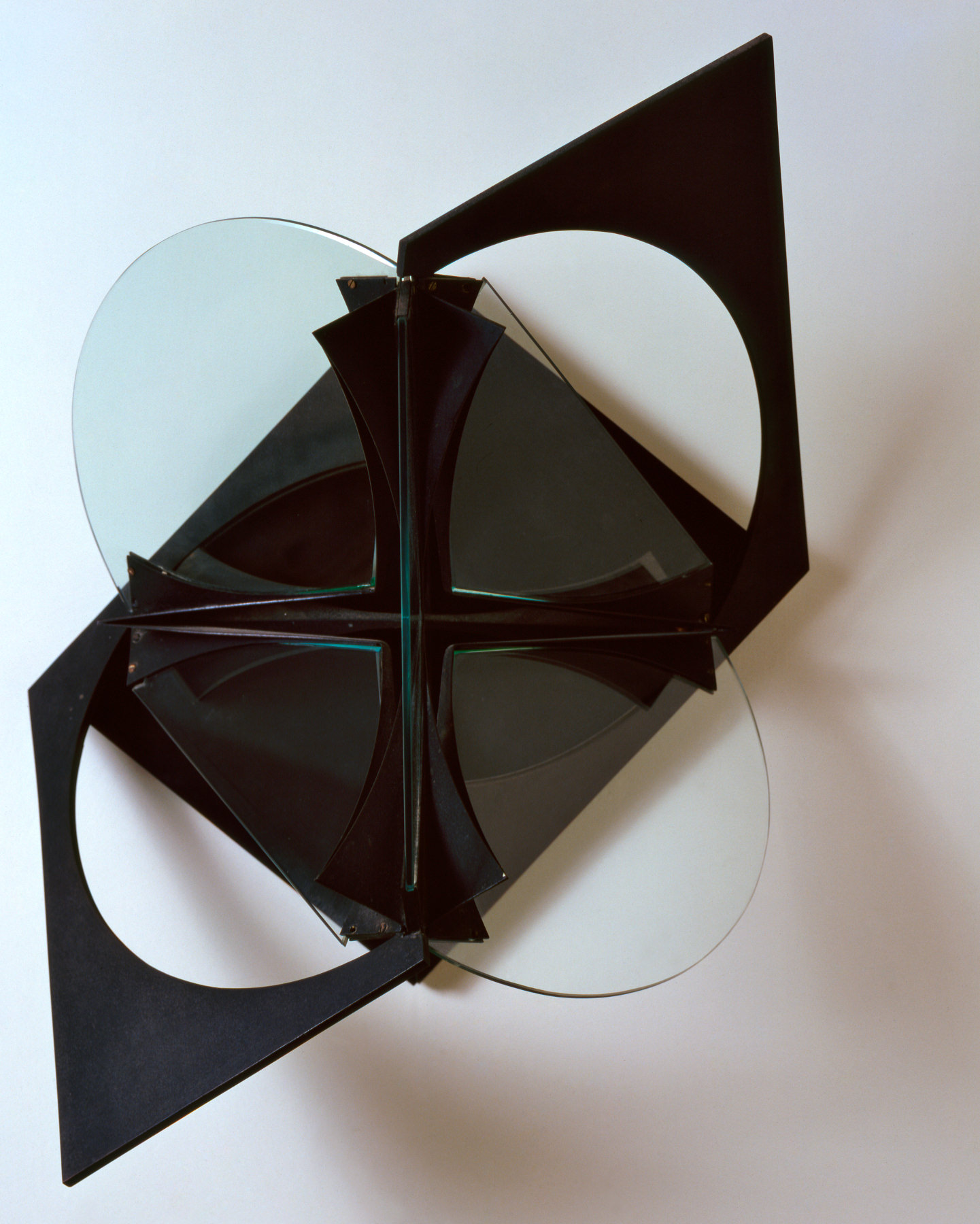He studied at the Academy of Fine Arts in Kiev (1908-1910) and in St. Petersburg (1911) before traveling to Paris in 1912, where he saw cubist artworks and soon after he began to paint. In 1917, he and his brother, equally renowned artist Naum Gabo, returned to Moscow, where he became a professor at the Fine Arts and Technical School, together with Malevič and Kandinsky. In 1920, he and Gabo, issued the Realist Manifesto of Constructivism. In 1923, Pevsner settled in Paris (becoming a French citizen in 1930), where the two brothers were leaders of the Constructivist members of Abstraction-Création, and formed the group Réalités Nouvelles in 1946. Pioneers of kinetic art, throughout the 1930s they developed an innovative use of the blowtorch, which had never been used for sculpture before, to weld copper rods onto sculptural forms in the series Projection in Space, Dynamic Construction and Developing Surface. For his early sculptures, Pevsner used brass, copper, zinc, and celluloid; later he relied mainly on parallel arrays of bronze wire soldered together to form plates, which he joined to create intricate shapes. Throughout his career he exhibited at prestigious institutions worldwide, including the Museum of Modern Art (1947), New York, and the Musée National d’Art Moderne (1952, 1957), Paris. His work has been shown at the Russian Museum (2000, 2001-2002, 2003), St. Petersburg, and the Palais des Beaux-Arts (2005), Brussels. He represented France at the 29th Venice Biennale (1958) and was awarded the Legion of Honor (1961), Paris.





